Can you be creative at CBS and why is B for Business spelled bigger than C for Culture at BLC?
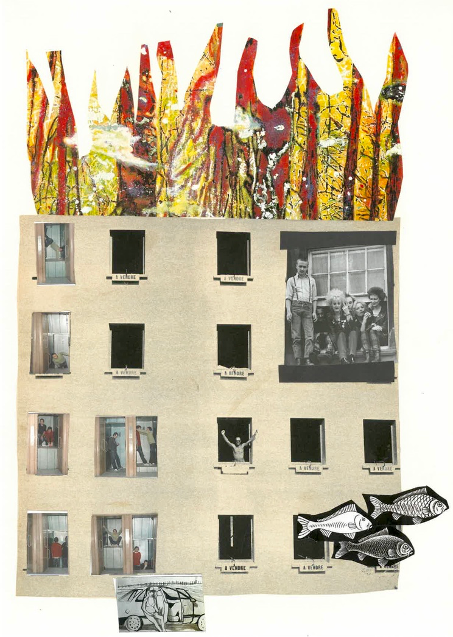
(Illustration by Anna Löhr)
A few weeks ago, I ran into a classmate from the film program I attended before my studies at Business, Language and Culture (BLC) at CBS. With one eyebrow raised, he deemed my study choice as “a complete shift away from film”.
Used to the routine, I answered with a shy nod, as if to excuse myself, I followed with something like I still do film on the side, while stressing that I study culture, too. My mind is caught between business school thinking and creativity, and I often wonder if I chose the right place: can you be creative at CBS? And how?
WHAT IS CREATIVITY?
My initial perception of creativity centers around art. However, this view is challenged when I speak with Ida Lunde Jørgensen, who is a Postdoctoral Fellow in culture and organization at the Centre for Business History. She points out that creativity and art often get mistakenly combined. “There’s creativity in all sorts of fields, in all sorts of topics that you could study. There’s creativity, especially when things are at a very high level. So, politics at a very high level tends to involve some sort of creativity, business practice at a high level, and entrepreneurship.” This definition of creativity indicates that one could very well be creative in a non-artistic way at CBS. Still, I thought choosing BLC would push me to learn about culture, also in the creative fields.
“Culture, of course, covers two things: anthropological culture, which is what we associate with ways of living, social practices and language, and artistic culture, which includes songs and art,” Ida Lunde Jørgensen, who herself studied BLC, points out.
BLC is about anthropological culture more than artistic culture.
INTEGRATING ART IN STUDY PAPERS
Yet, a business program at CBS, through its often very interdisciplinary nature, offers the freedom – especially in research papers – to follow your interest, and, for instance, study the creative sectors. Ida Lunde Jørgensen observes that working visually comes naturally to students, who live in a very visual world.
Creativity is something you cannot measure in the perception of achievement or failure
“More often than not, students pick a business case that has a strong visual component”, and they thus indirectly incorporate art in their papers. Still, Ida Lunde Jørgensen puts this into perspective, as “for the students to be creative, they don’t necessarily need to look at the creative industries”.
Personally, I have experienced that actively creating as part of your studies is restricted at CBS. When I called the student counselling service last summer, I was told that producing a movie as my bachelor thesis would make me too biased towards the project. Choosing courses about art during my exchange semester also fell away as an option.
The reasoning behind this was that the B for Business is spelled bigger than Culture at BLC. Why is that? Will, the president of CBS Film, who himself is currently finishing his MSc in Creative Business Processes (CBP), explains that “creativity is something you cannot measure in the perception of achievement or failure”, which could be why business schools struggle to fully grasp it. “When it comes to actual courses that we have, then creativity is not what’s valued,” he says.
CBS ART STRATEGY
Officially, CBS has published an art strategy that aims to develop tools for blended learning, guest lectures, external art events, and incentives for integrating art in education. The CBS art strategy “is not embedded at course level yet, but CBS has finalized its new strategy and our ambition is to integrate the arts more into education,” Philipp Alexander Ostrowicz, one of the founders of the CBS art committee with a personal background in the humanities and German literature, admits.
The Department of Management, Politics and Philosophy (MPP), as a center for Business Humanities, works towards the inclusion of humanities and art into business education, and into research. Several professors have already integrated art in their courses. For one, Daniel Hjorth, who is a Professor of Entrepreneurship and Organization, has given an interesting talk about the relation between art and entrepreneurship, in which he used literature to underline his theory.
Michael Møller, who is Professor of Corporate Finance and Personal Finance, tries to make his students “see economic problems in literature, films, history”. Ida Lunde Jørgensen uses visual art in her courses as a tool for immediate decoding of something complex, and for encouraging reflection. Yet, “studying art in an academic manner also requires dedication to history. So, yes, you can use it to explain things, but you also have to appreciate the fact that art history itself is a discipline with obviously some formal and informal rules about what makes good research in this area.” Is it perhaps that the effort and time that comes with including art has made dedicating a full course to it infeasible?
However, it is not always easy to push the inclusion of art in general, as art for some still has the image of being the icing on the cake
Which programs incorporate the arts? CBS does offer a broad range of programs that incorporate the arts at master’s level. For example, the MSc Creative Business Processes (management in the arts & creative industries), MSc Strategic Design and Entrepreneurship (SDE) in collaboration with KADK, and Organizational Innovation and Entrepreneurship (OIE), which incorporates creativity’s relationship to art.
However, keeping these programs alive is difficult. In light of the recent budget cuts, CBP is one of the programs facing closure. Will, the president of CBS film, comments on the closure of the CBP program, as “85 percent of the members of CBS film are people from CBP, so I’m a bit worried that when those programs are shut down, the creativity at CBS will die with time”.
“When we’re thinking about developing our students’ ability to think and to meet a job market that’s constantly evolving, art and literature offer an opportunity to reflect on the human experience in a world that has always been changing and complicated to navigate,” says Ida Lunde Jørgensen.
“Curiosity about the human experience, and within that, the exposure to and recognition of deep existential dilemmas, enhances abstract thinking skills. When we’re talking about CEOs who have to take or even managers who have to make complicated decisions in everyday life, these are thinking skills that we would want them to have,” Ida Lunde Jørgensen says.
However, it is not always easy to push the inclusion of art in general, as art for some still has the image of being the icing on the cake, as Philipp Alexander Ostrowicz says.
ARTWORKS ON CAMPUS
While one can observe that CBS still struggles with integrating art in its courses, it is better at exhibiting art. Creating the art committee was a path to bring back art to CBS, for example, by showing pieces of the CBS art collection around campus, that circulate throughout the campus. Philipp Alexander Ostrowicz sees the value of exhibiting art as creating an alternative learning experience. “You can learn something totally different by working with art, looking at art, and dealing with art than you can from just a book or if you read another scientific article, right?”
For instance, the video screen at Solbjerg Plads by Nexus “should be something where students mainly but also people from outside and faculty could stand and interact with art, see something new and they don’t even need to visit a museum”. Exposure to art should ultimately provoke and lead to discussion.
Philipp Alexander Ostrowicz gives the example of Ragnar Kjartansson´s piece, which shows the artist and his mother, both dressed formally. Ragnar’s mother turns and spits at him. When Philipp Alexander Ostrowicz was asked for the meaning, he responded “it means what you make out of it, right?”. Ultimately, art is another way to see reality, and poses the question:
“How do I conceive reality in contrast to art or through art, or with art or against art even?” says Philipp Alexander Ostrowicz.
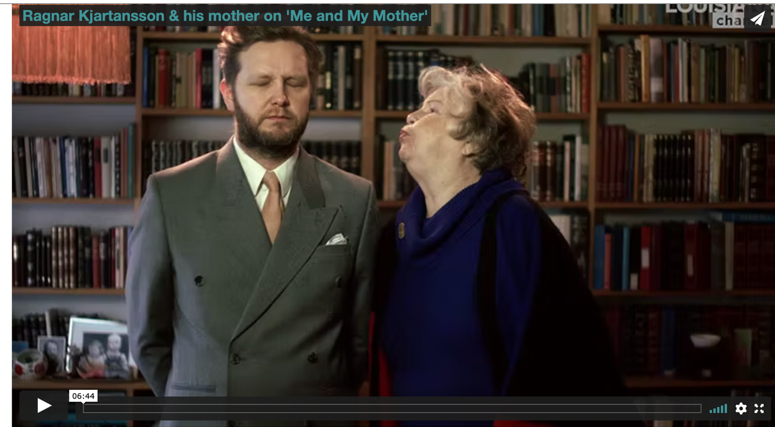
“Me and my mother”
When I ask if students from CBS have ever shown their pieces on the video screen, he says “not from CBS, also not from students at CBS, but from some of the people who were at the Art Academy [Royal Danish Academy of Fine Arts ed.] in Copenhagen”. Yet, the committee is generally open to collaboration with CBS students who do art, but the screen “should be only for art and nothing else”. Philipp Alexander Ostrowicz encourages students to “just come to us, talk to us, come with ideas”. If interest is shown by the students, it is often also easier to get external support.
Students seem to be the main driver of creativity at CBS. Will thinks that the “students are leading creativity. We are the ones that are open and willing to cooperate with external organizations, artists and bring it into CBS. We are all trying to bring this art aspect into CBS, into this uptight environment.” Will is critical of the lack of practical activities offered by CBS as an institution. As he says, “They’re just giving us academic space, and it’s up to us whether we use it to create or not”.
STUDENT ORGANIZATIONS
There are several student organizations at CBS dedicated to the creative fields, and those organizations are the best place to go to make art. CBS film for instance organizes movie screenings combined with social events. It is now working on a short film, and has started a new collaboration with CBS art. “We think it’s important for all those creative associations to unite and just bring something together”, especially in the light of the program closures, Will highlights. For him, it is also important to show that you do not need to be at an art school to create art. “All CBS students, they are not lacking ideas. They are super creative people, but they are lacking tools and voices and that’s what we at CBS film and other student organizations can give them.”
Besides CBS film, CBS photography organizes photo walks, picture taking, and exhibitions that you can join either actively or on a more regular basis. But the organization also isn’t necessarily solely about photography. It involves just finding more creative people because I struggled with that sometimes,” says Uljana Tverdova, president of CBS photography. “Whatever you want to do, there’s probably someone else at the university who’s already doing that or who has done it,” she adds. For Uljana Tverdova and Zoe Kika, who is another member of CBS photography, the diverse student profile at CBS offers inspiration and institutional support, for example, in the form of funds.
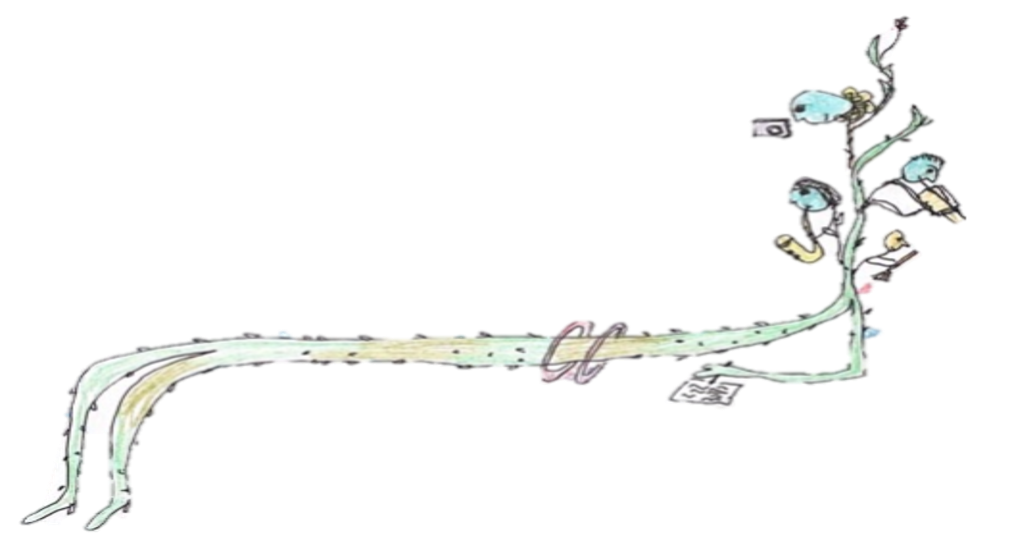
(Illustration by Anna Löhr)
Another interesting organization to keep an eye on is Apropos Magazine, which started up last semester. As a student-driven magazine, it offers a possibility to express oneself visually or through words. Besides those organizations, there is CBS dance, CBS jam, and more who are happy for new members.
CBS is a place where you can be creative if you put a bit of effort into finding your way. Being creative is an intangible attitude you incorporate through more than just artistic expression. It is part of your personality, and as Zoe Kika and Uljana Tverdova say, even the way of creating your day. But some sort of weight pulls on you at this university: the realistic side of CBS that is concerned with business, economy, regulations and theory. And to be creative at CBS, you have to find a way to balance both sides out.



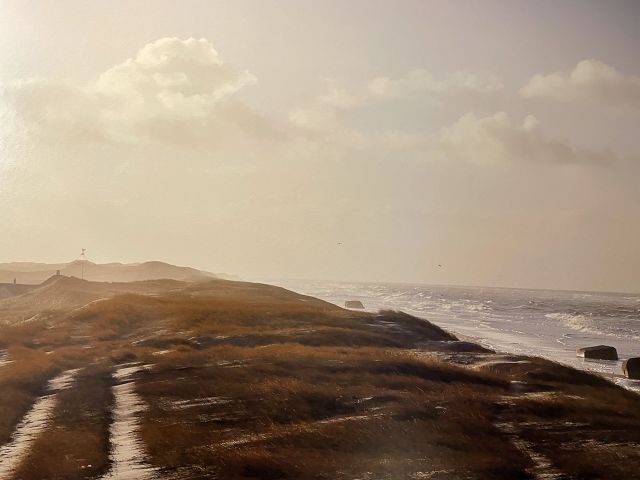
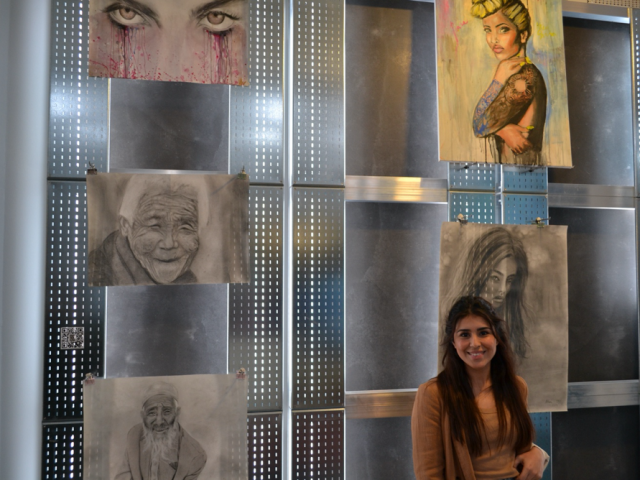
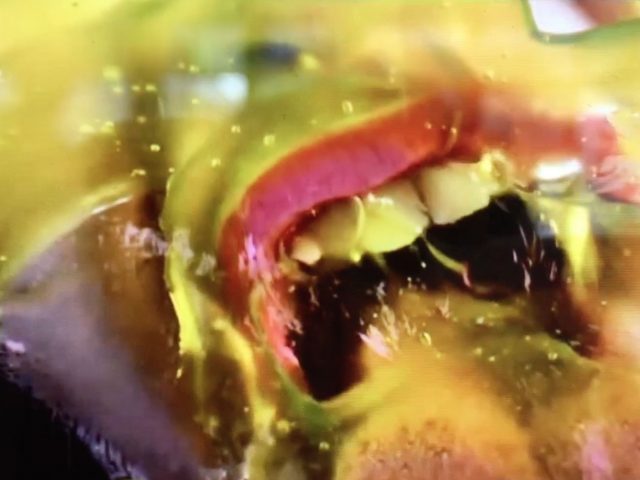
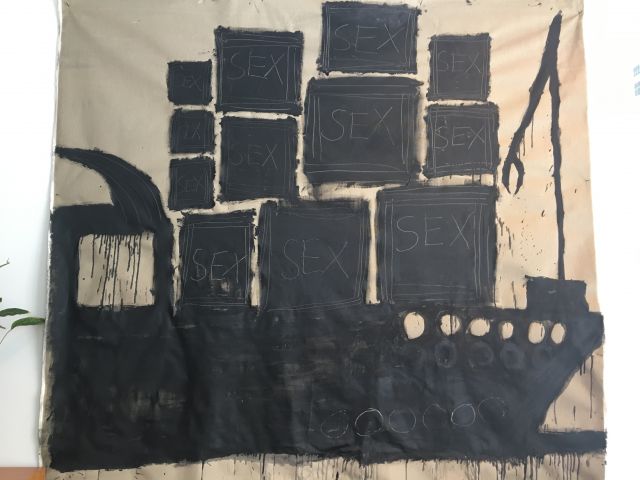
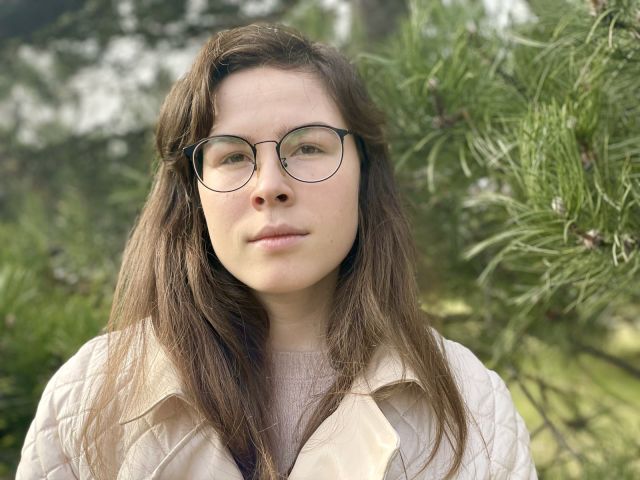
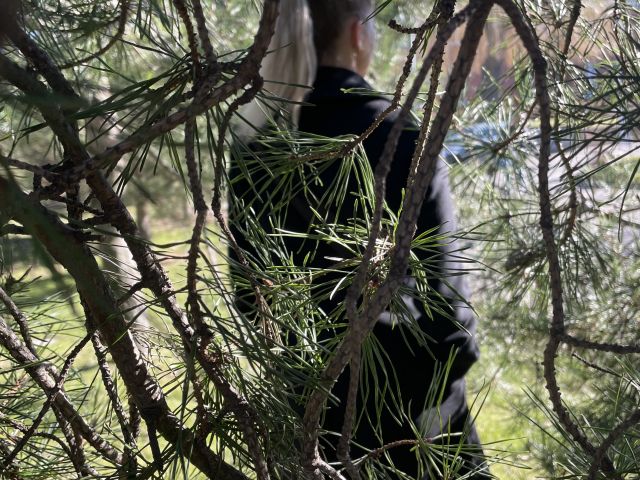




























































































































Comments